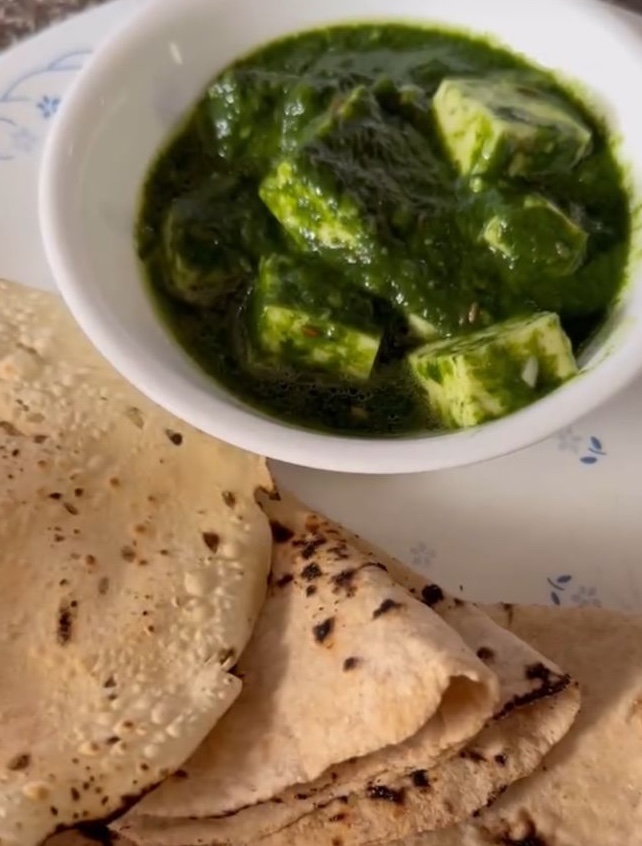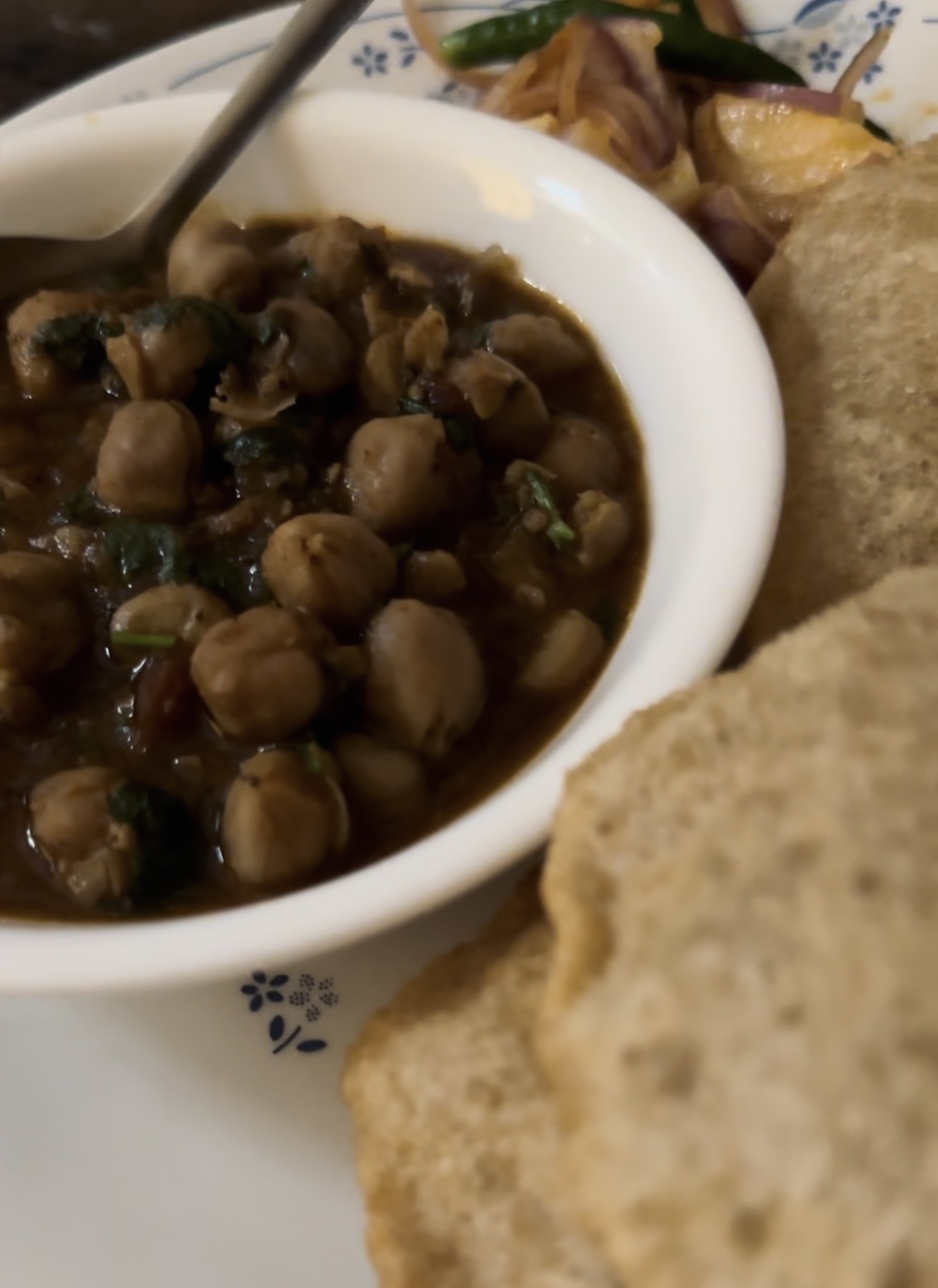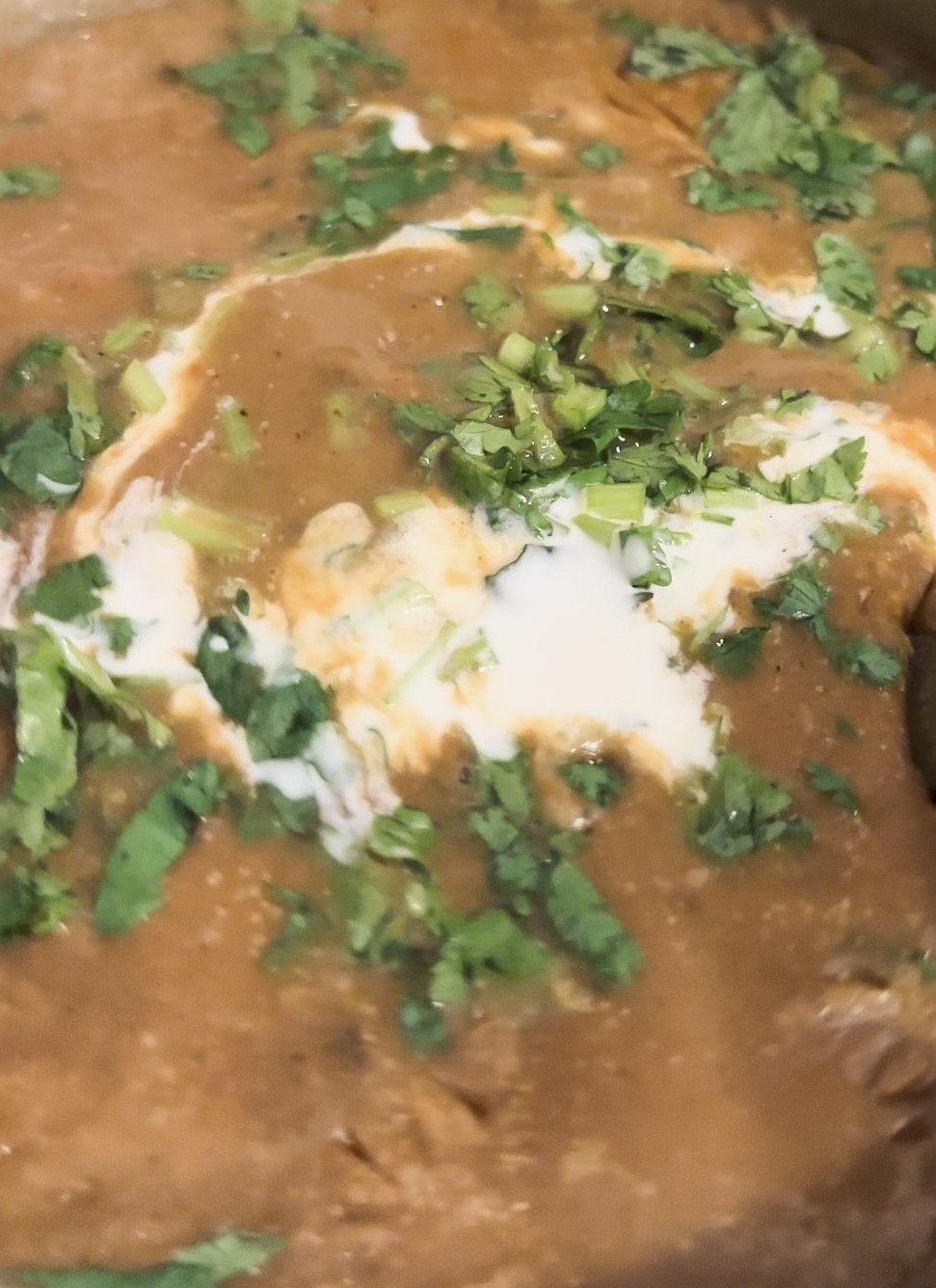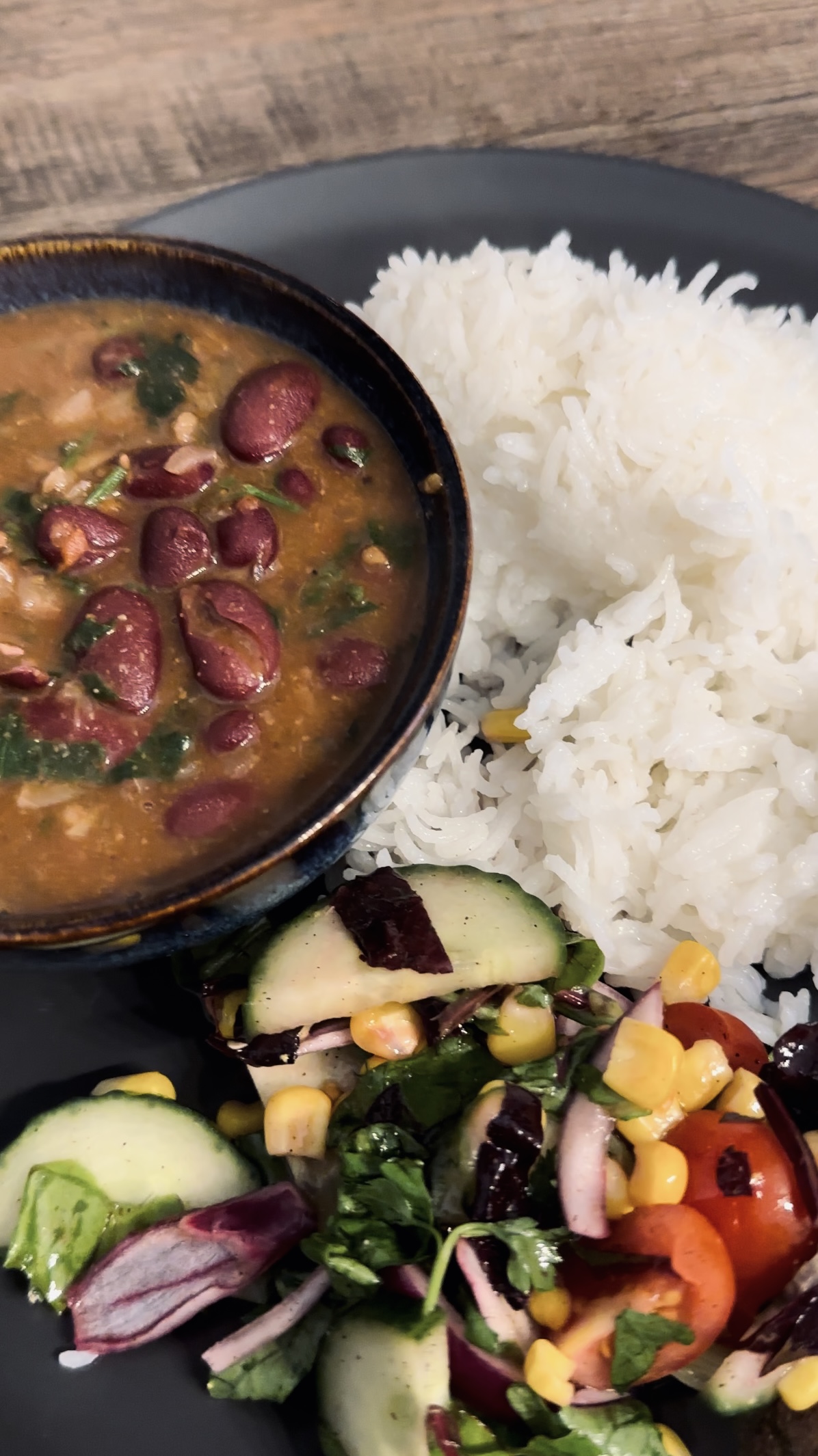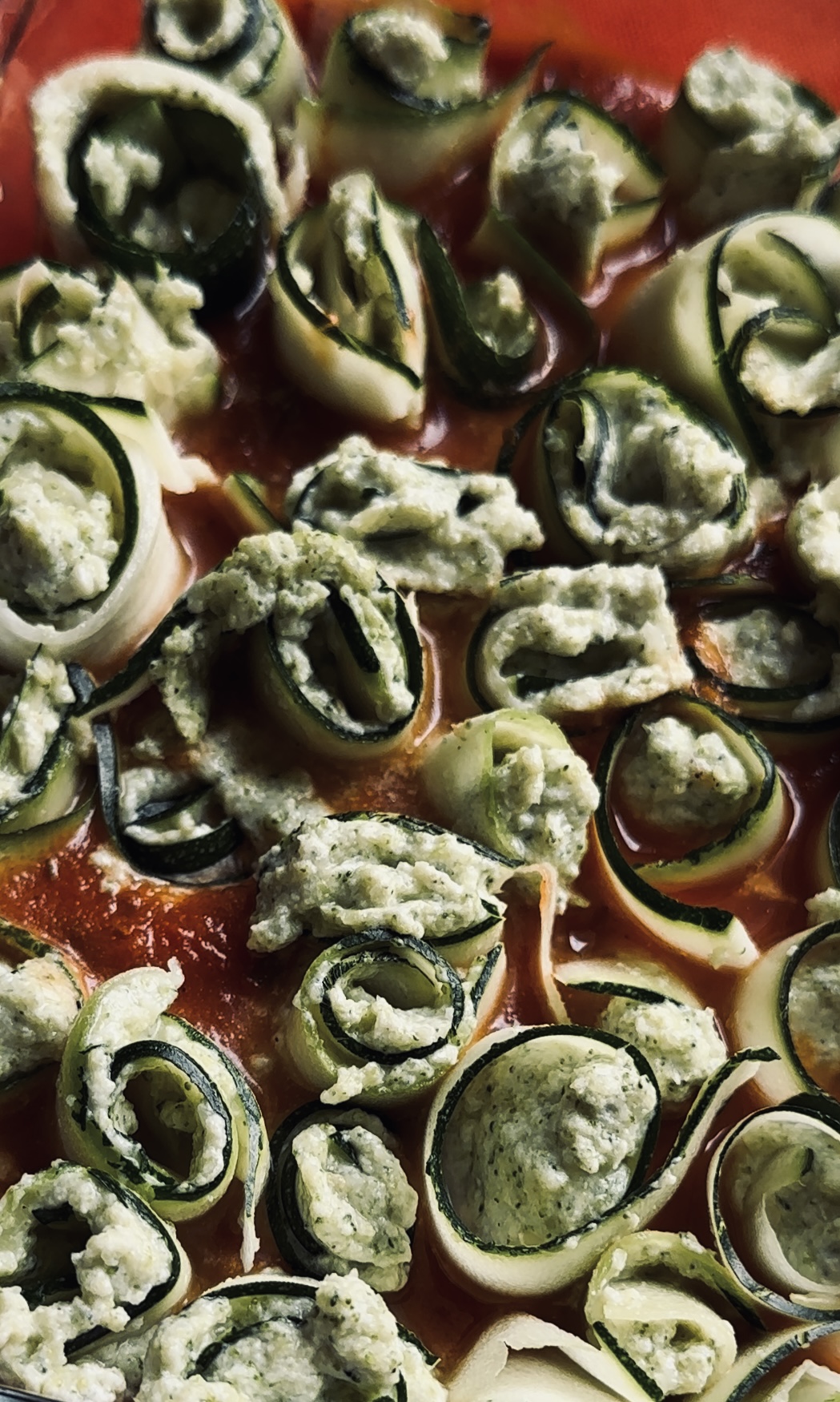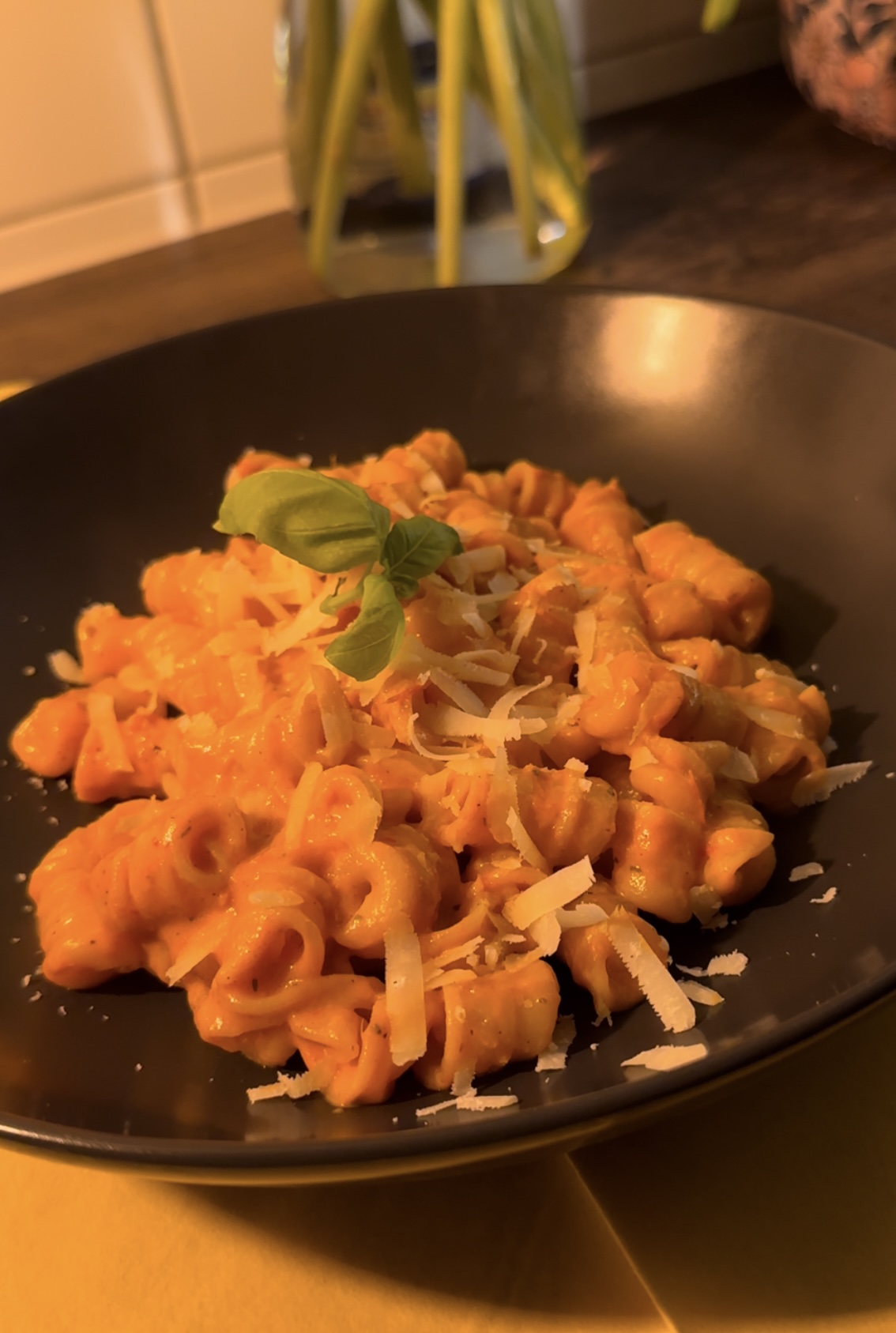The History, Pairings, and Nutritional Benefits of Egg Curry!
Egg Curry is a versatile and flavorful dish enjoyed across India and beyond. It combines the simplicity of boiled eggs with a rich, spiced tomato-based gravy to create a hearty meal that can be paired with rice, roti, paratha, or even bread. While the recipe varies by region, the essence of Egg Curry lies in its balance of spices and the satisfying texture of the eggs, which absorb the flavors of the curry.
In this article, we explore the origins of Egg Curry, its global appeal, and the many ways it can be served. We’ll also dive into its nutritional benefits and why it’s an excellent choice for a wholesome, protein-packed meal.
The Origins of Egg Curry
Egg Curry has its roots in Indian cuisine, where eggs have been a popular ingredient due to their affordability, nutritional value, and versatility. In India, eggs are often referred to as the “poor man’s meat” because they are an accessible source of protein for all socioeconomic groups. Egg Curry is a dish that reflects this inclusivity, offering a flavorful and satisfying meal that can be made with simple, everyday ingredients.
The dish has evolved over time, with each region of India adding its own unique twist. In North India, Egg Curry is often made with a rich tomato and onion base, flavored with garam masala and cumin. In South India, the curry takes on a tangy note with the addition of tamarind and coconut milk, while spices like curry leaves and mustard seeds provide a distinctive flavor. In coastal regions, Egg Curry may include seafood-inspired flavors, like the use of dried fish or prawns for added depth.
While its exact origins are difficult to trace, Egg Curry has become a staple in Indian households and restaurants, beloved for its simplicity and bold flavors.
The Global Appeal of Egg Curry
Egg Curry has transcended borders and gained popularity in many parts of the world. Its adaptability makes it a favorite among home cooks, who can tweak the recipe to suit their taste preferences. The dish is particularly popular in countries with a significant Indian diaspora, such as the UK, the US, and Canada, where it is often featured on Indian restaurant menus.
Egg Curry also shares similarities with dishes from other cuisines. For instance, Shakshuka, a Middle Eastern dish, involves poaching eggs in a spiced tomato sauce, much like how eggs are simmered in the curry. Similarly, Southeast Asian curries, like Thai or Malaysian versions, often incorporate eggs into coconut-based gravies, demonstrating the universal appeal of this humble ingredient.
Pairing Egg Curry with Rice and Other Accompaniments
One of the reasons Egg Curry is so popular is its versatility in terms of pairings. The rich, flavorful gravy and tender boiled eggs make it a perfect match for a variety of sides, each offering a unique culinary experience.
1. Egg Curry with Rice
Egg Curry and rice is a classic combination that never fails to satisfy. Steamed basmati rice provides a light, neutral base that allows the bold flavors of the curry to shine. For a more aromatic pairing, jeera rice (cumin-flavored rice) is an excellent choice, as it complements the spices in the curry.
In South India, Egg Curry is often served with coconut rice, which adds a creamy, slightly sweet flavor that balances the heat of the spices. Lemon rice, with its tangy and refreshing taste, is another popular accompaniment that pairs beautifully with the rich curry.
2. Egg Curry with Roti or Paratha
Egg Curry also pairs wonderfully with Indian breads like roti and paratha. Roti, a whole wheat flatbread, is soft and pliable, making it perfect for scooping up the thick curry. Paratha, with its flaky, buttery layers, adds an indulgent touch to the meal. For a special treat, try serving Egg Curry with garlic naan, which enhances the dish with its garlicky aroma and chewy texture.
3. Egg Curry with Bread
Egg Curry with slices of toasted or buttered bread is a quick and satisfying option for breakfast or a light dinner. The bread soaks up the flavorful gravy, creating a comforting and hearty meal. This combination is particularly popular in urban Indian households, where it serves as a convenient and delicious meal option.
4. Fusion Pairings
For a modern twist, Egg Curry can be paired with non-traditional sides like quinoa, couscous, or even pasta. These options add a global flair to the dish while retaining its essence. Egg Curry can also be used as a filling for wraps or as a topping for baked dishes like lasagna, showcasing its versatility.
The Nutritional Value of Egg Curry
Egg Curry is not just delicious—it’s also packed with essential nutrients that make it a healthy choice for any meal. Here are some of the key nutritional benefits of this dish:
1. Rich in Protein
Eggs are a complete source of protein, containing all nine essential amino acids. This makes Egg Curry an excellent choice for individuals looking to meet their protein requirements. Protein is essential for muscle repair, growth, and overall health, making this dish a great option for active individuals and those on a high-protein diet.
2. High in Vitamins and Minerals
Egg Curry is a powerhouse of vitamins and minerals. Eggs are rich in vitamins A, D, E, and B12, as well as minerals like selenium, zinc, and phosphorus. These nutrients support eye health, bone strength, and immune function. The tomatoes and onions in the curry add additional vitamins, including vitamin C, which boosts immunity.
3. Good Source of Healthy Fats
Egg Curry contains healthy fats from the eggs and the cooking oil or ghee used in the recipe. These fats provide energy and help the body absorb fat-soluble vitamins. Using heart-healthy oils like olive oil or coconut oil can make the dish even more nutritious.
4. Rich in Antioxidants
The spices used in Egg Curry, such as turmeric, cumin, and coriander, are rich in antioxidants that help combat inflammation and protect the body from oxidative stress. Turmeric, in particular, contains curcumin, which is known for its anti-inflammatory and immune-boosting properties.
5. Low in Carbohydrates
Egg Curry is naturally low in carbohydrates, making it a suitable option for those following low-carb or ketogenic diets. Pairing it with low-carb sides like cauliflower rice or keto-friendly bread enhances its appeal for carb-conscious eaters.
Why Egg Curry is a Comfort Food
Egg Curry holds a special place in the hearts of many as a comforting and satisfying dish. Its bold flavors and hearty texture make it a go-to meal for days when you need a little extra warmth and nourishment. The simplicity of the ingredients and the ease of preparation add to its charm, making it a dish that can be whipped up even on busy weeknights.
In many Indian households, Egg Curry is a symbol of home-cooked goodness—a dish that brings families together around the dining table. Its adaptability also makes it a favorite for entertaining guests, as it can be customized to suit different spice preferences and dietary needs.
Egg Curry: A Dish for All Seasons
Egg Curry’s versatility makes it suitable for a variety of occasions, from casual meals to festive feasts. It can be served as a main course, accompanied by sides like rice or bread, or as part of a larger spread that includes other Indian favorites like dal, biryani, or tandoori dishes.
The dish also transitions seamlessly between seasons. In the summer, it can be paired with light sides like cucumber salad or yogurt for a refreshing meal. In the winter, its warm, spiced flavors make it a comforting choice, especially when served with hot rotis or a steaming bowl of rice.
Egg Curry is more than just a dish—it’s a celebration of flavors, textures, and nutrition. Its origins in Indian cuisine, combined with its global appeal and adaptability, make it a favorite for people of all ages and backgrounds. Whether you enjoy it with rice, roti, or bread, Egg Curry offers a wholesome and satisfying meal that’s perfect for any occasion.
The next time you’re looking for a quick, delicious, and protein-packed meal, consider making Egg Curry. Its rich flavors, creamy texture, and versatility are sure to make it a staple in your kitchen.

Flavourful Egg Curry Recipe
Description
Egg Curry is a classic Indian dish that brings together boiled eggs and a rich, spiced tomato-based gravy. This wholesome and satisfying dish is perfect for lunch or dinner, pairing beautifully with rice, roti, or paratha. With its bold flavors and simple preparation, Egg Curry is a go-to recipe for a quick and hearty meal, loved by people of all ages.
Ingredients
Instructions
-
Prepare the Eggs:
Boil the eggs, peel, and make small slits in them. This allows the eggs to absorb the flavors of the curry.
-
Cook the Base:
- Heat oil in a pan over medium heat. Add cumin seeds and let them splutter.
- Add the chopped onions and sauté until golden brown.
- Add ginger-garlic paste and cook for 1-2 minutes until fragrant.
-
Add the Spices and Tomatoes:
Stir in the pureed tomatoes, turmeric powder, red chili powder, coriander powder, and cumin powder. Cook until the oil separates from the masala.
-
Simmer the Curry:
Add 1 cup of water and salt. Stir well and let it simmer for 5 minutes.
-
Add the Eggs:
Gently add the boiled eggs to the curry. Simmer for another 5-7 minutes, allowing the eggs to absorb the flavors.
-
Finish and Serve:
- Sprinkle garam masala and garnish with fresh coriander leaves.
- Serve hot with steamed rice, roti, or paratha.
Nutrition Facts
- Amount Per Serving
- Calories 250kcal
- % Daily Value *
- Total Fat 18g28%
- Saturated Fat 4g20%
- Cholesterol 190mg64%
- Sodium 400mg17%
- Potassium 400mg12%
- Total Carbohydrate 10g4%
- Dietary Fiber 3g12%
- Sugars 4g
- Protein 12g24%
- Vitamin A 1200 IU
- Vitamin C 15 mg
- Calcium 60 mg
- Iron 2 mg
* Percent Daily Values are based on a 2,000 calorie diet. Your daily value may be higher or lower depending on your calorie needs.
Note
- To make the curry creamier, you can add 2 tablespoons of coconut milk or fresh cream towards the end of cooking.
- For a smoky flavor, lightly fry the boiled eggs before adding them to the curry.
- Adjust the spice level by increasing or decreasing the red chili powder and green chili.


